How to drink tea like a Russian in 5 steps
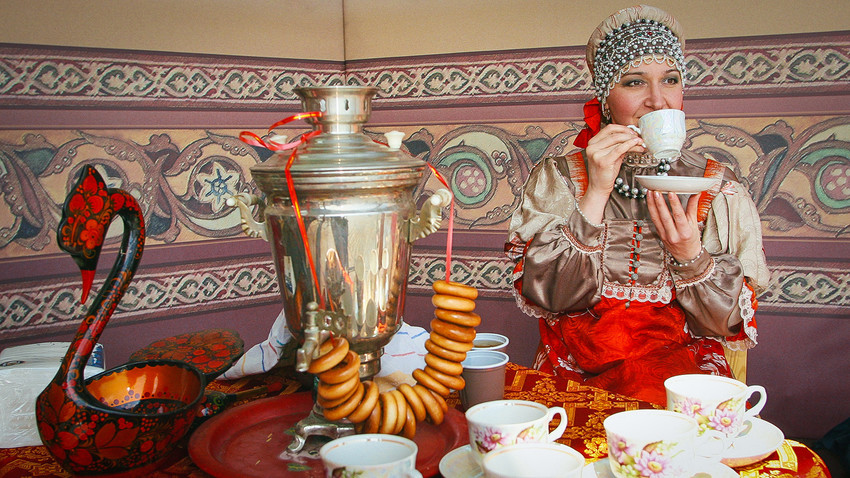
Russians seriously love tea. There are some similarities between Russian tea-drinking culture and those of other tea-loving nations such as the UK or Ireland – namely, that your run-of-the-mill black teabag can be used as a staple pick-me-up for when you’re working or on the go. However, the relaxed, at-home cuppa takes on a more soulful shape in Russia, embodying centuries of aristocratic and familial heritage which makes it as ornate as it is sociable. Follow these (slightly over-the-top) steps to ensure your Russian-style get-together is a success.
1. Hit the forest
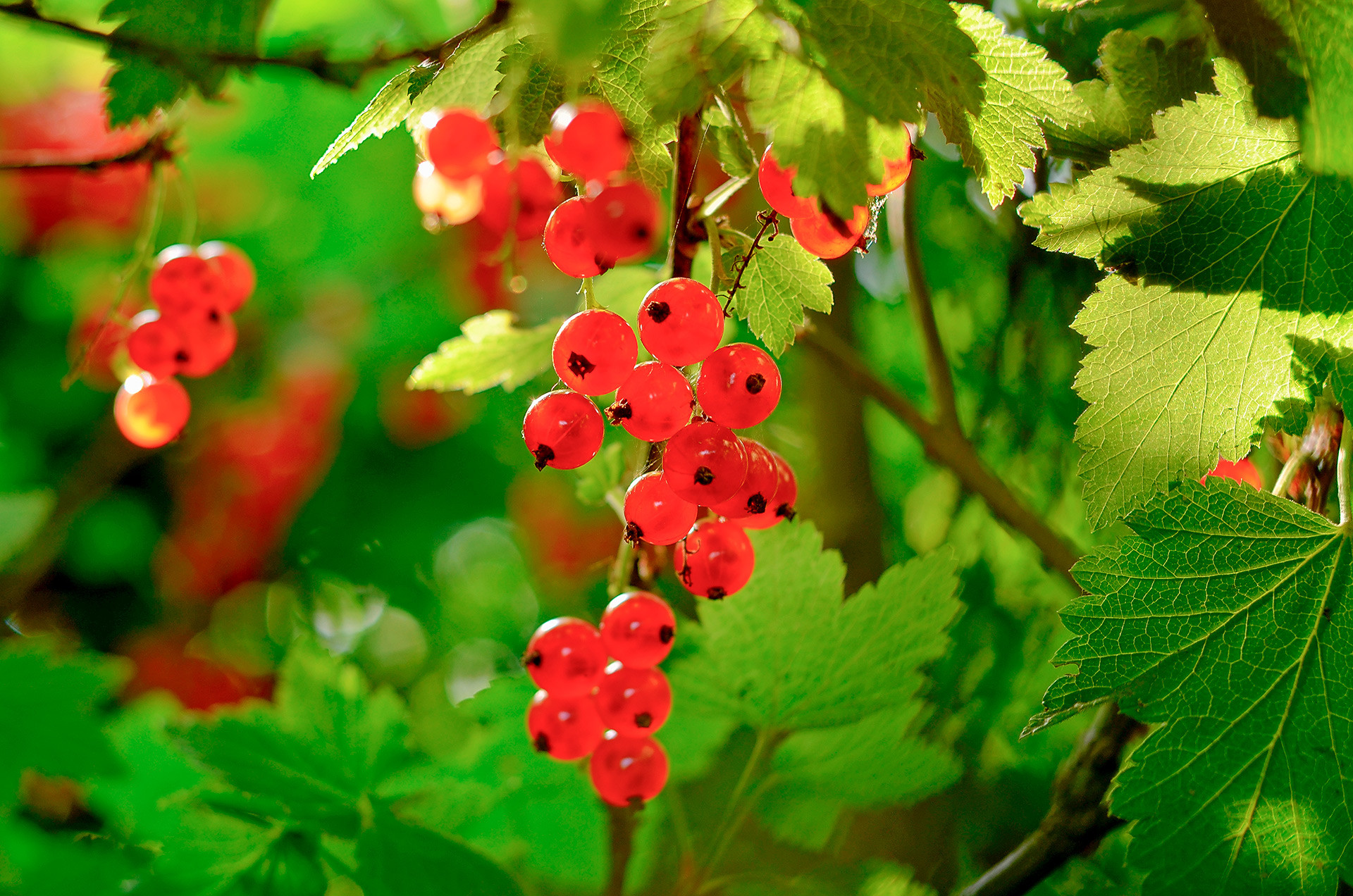
Serious Russian tea drinkers don’t just go to the shop – you have to (very literally) go the extra mile to make the perfect infusion for your guests. The ideal zavarka (concentrated tea brew) will contain some freshly picked herbs brought back from the dacha. Some staples include Ivan Chai (willow herb) and smorodina (blackcurrant leaves). For a more experimental option, you could even try to make a brew out of carrot leaves.
Picking your own zavarka ingredients not only gives the mix an added freshness and interesting flavor, but it’s also extremely good for you. Ivan Chai, for example, is a known cancer preventative, while others are used as ointments for various diseases. A Russian tea-party is not just about having fun - you’ll also come away feeling healthy and replenished.
2. Dry the herbs out
For the tastiest brew, it’s important to remove the moisture from your leaves – doing this makes sure the flavor is at its sharpest. Drying your zavarka mix also increases its shelf life, so that you can pick the herbs in batches to bring home.
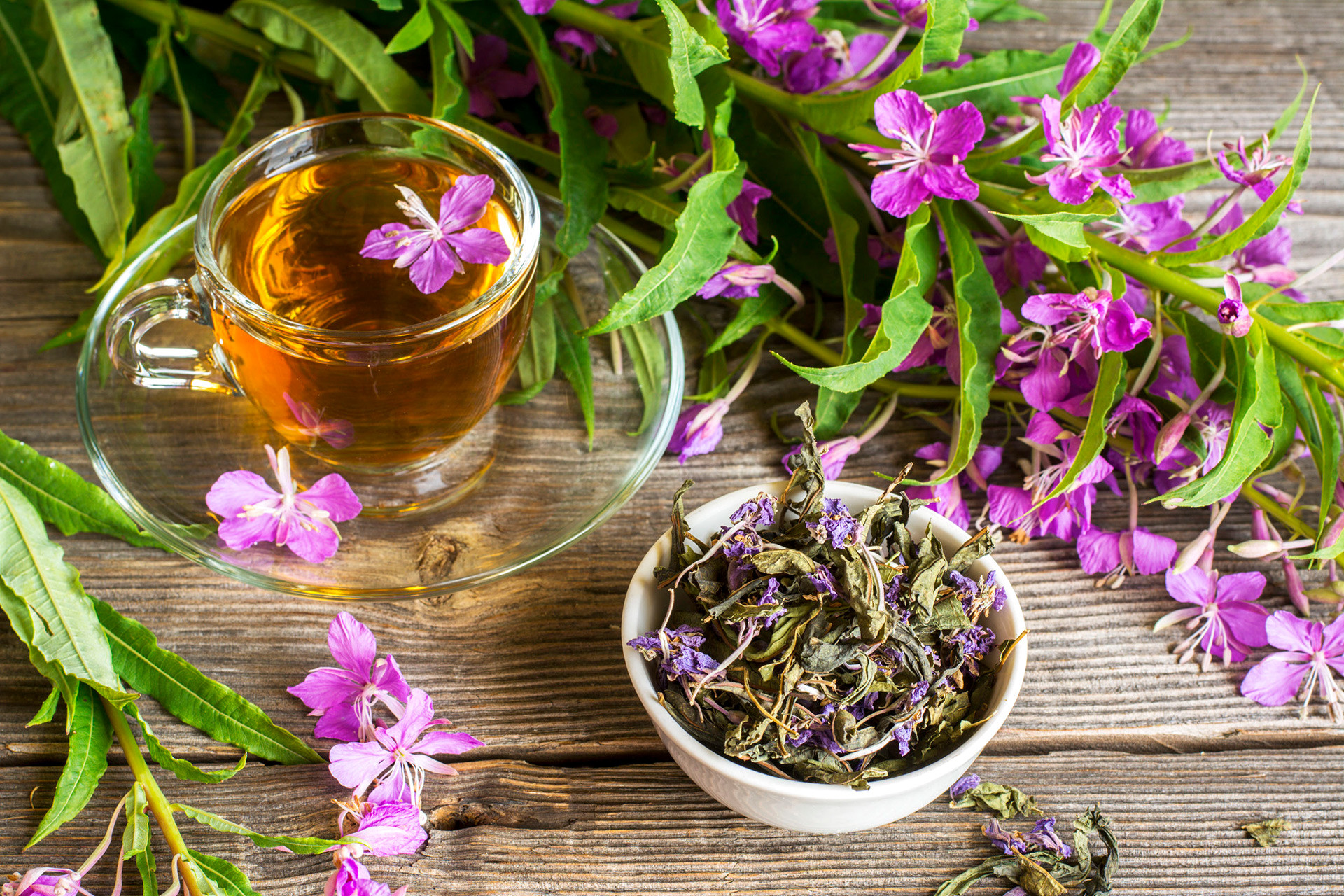
Most Russians just do this at home – the simplest way is to put your leaves and berries in the oven at the lowest setting for several hours to air them out. It is also possible just to leave them on the floor in your house, although you’ll have to be sure there’s no dampness. With some elbow grease and a couple days’ good conditions, you might even be lucky enough to gather a few months’ worth of leaves.
3. Serve your tea well
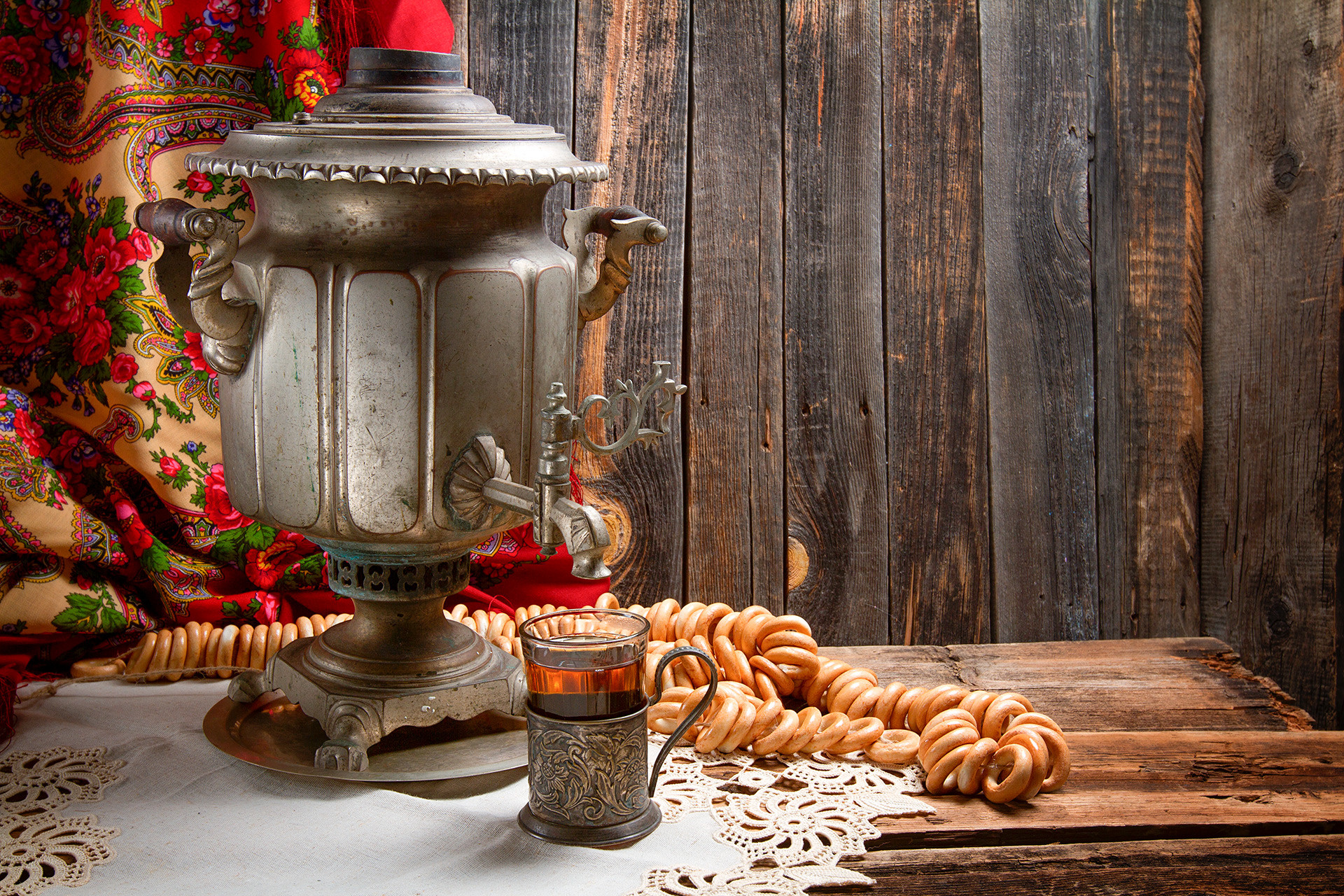
When it comes to tea trinkets, be prepared to step up your game when going à la russe. Look no further than the samovar for a demonstration of how seriously Russia takes its tea – the 300-year-old urn, probably the most recognizable facet of Russia’s love affair with tea, can be bought in some seriously intricate and fruity designs, and functions as the centerpiece of your tea party layout. To go for an ornamental full monty, why not accompany your cups with some traditional podstakanniki (metal holders) so that your guests don’t burn their hands.
Of course, samovars and podstakanniki are classic staples of the Russian tea table, but they’re a little over the top – most Russians just use a kettle and French press for their infusion instead of a samovar, and some regular, stylish mugs will do nicely.
4. Think of the nibbles
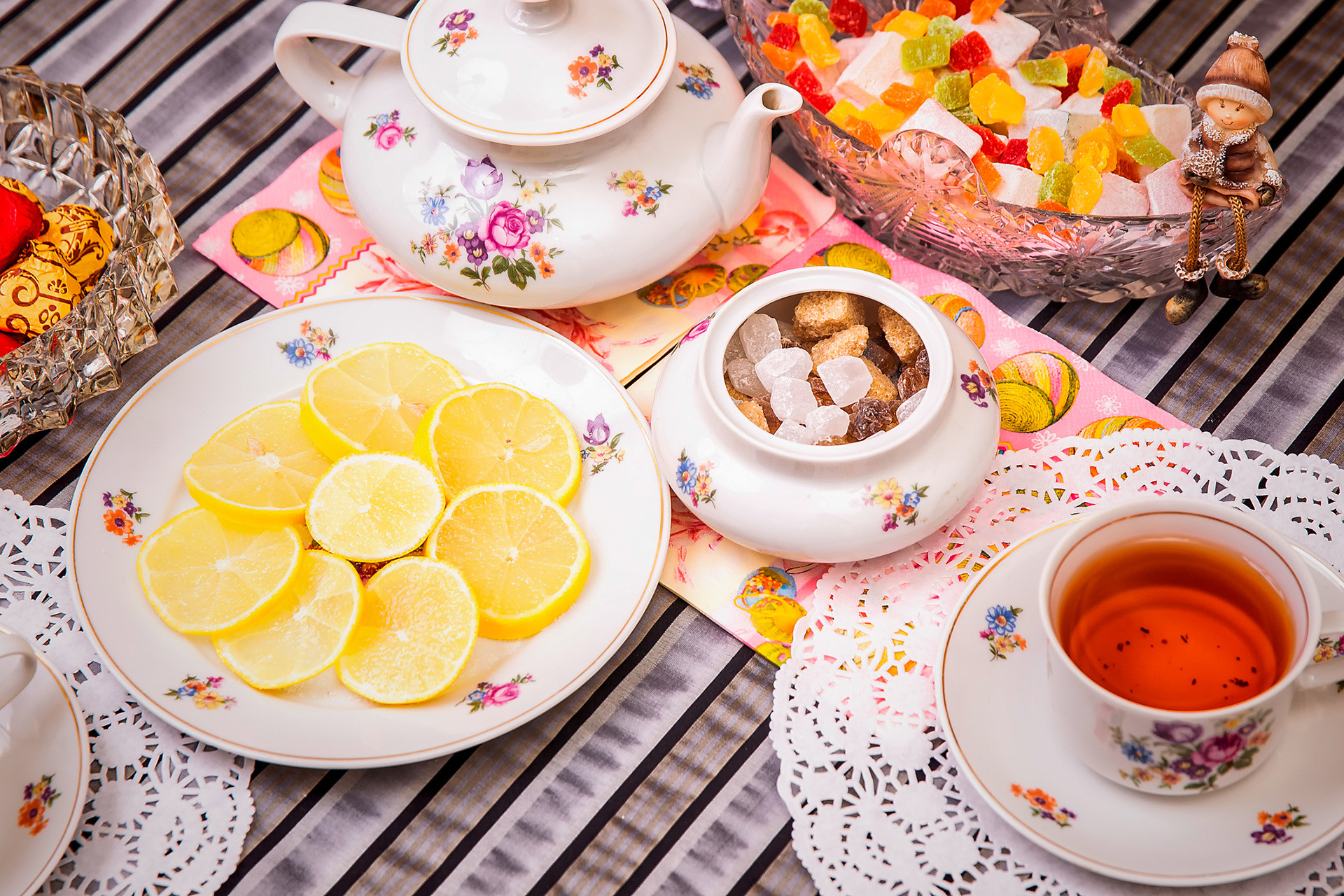
Serving your tea “naked” is something of a social faux-pas here; according to Russian culinary historian William Pokhlyobkin, tea in Russia is not regarded as a self-dependent beverage, and must therefore be adorned with an array of snacks.
The most popular accompaniments are biscuits (usually gingerbread or baranki), chocolates, or wafers. You’ll also need to think about garnishes – Russians like to add lemon, honey, jam, and marmalade to their tea (not at the same time, of course), while it is also an outgoing tradition here to drink your tea through a sugar cube. Whatever you do, just don’t invite people over to an empty table.
If you feel like going the extra mile and preparing some creative nibbles yourself, take inspiration from our "goose feet", tetyorki, and chocolate salami recipes.
5. Get ready for a chinwag
In Russia, you can expect a heart-to-heart chinwag when the tea comes out. Catching on in the 17th century as an aristocrat’s drink, tea has continued to symbolize hospitality, comfort, discussion, and relaxation in Russia. In Soviet times, tea culture even made the kitchen one of the most vibrant places to be: As was recounted in Svetlana Alexievich’s Secondhand Time, “Where was this freedom? Only around the kitchen tables, where, out of habit, people continued to drink tea and badmouth the government.”
After all, what could be a better way to get to know someone than by sitting in an atmospherically-lit room for a few hours, re-boiling the kettle, and philosophizing over your hopes and dreams? Besides, if you’ve gone to the effort of picking, drying, and decorating the perfect Russian cuppa, why not show it off by sharing it with someone?
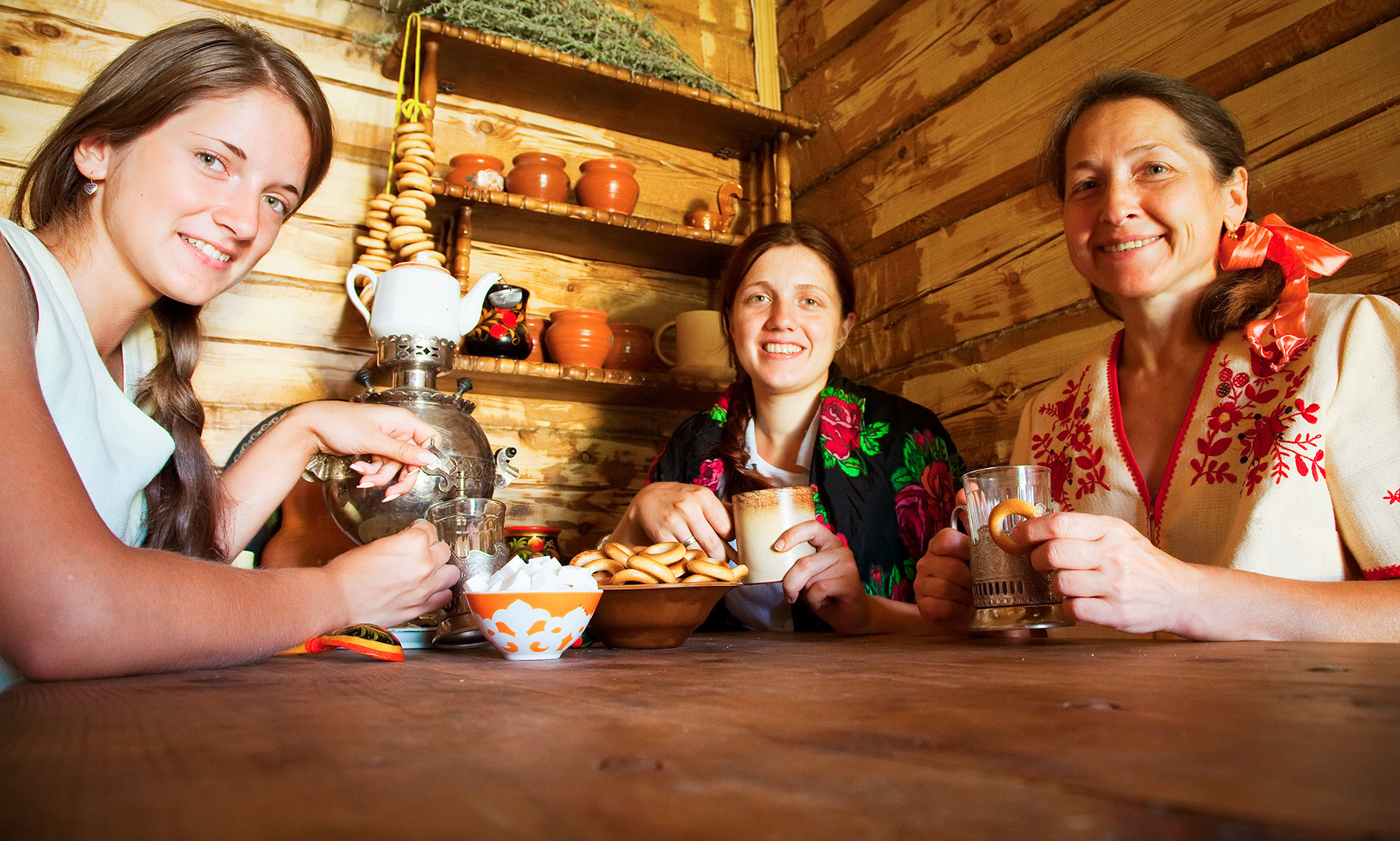
Whether it’s a date, some light after-work relief, or just a chance to get better acquainted your friends and roommates, the Russians have it that nothing states your genuineness better than a well-made pot of tea.
If using any of Russia Beyond's content, partly or in full, always provide an active hyperlink to the original material.
Subscribe
to our newsletter!
Get the week's best stories straight to your inbox